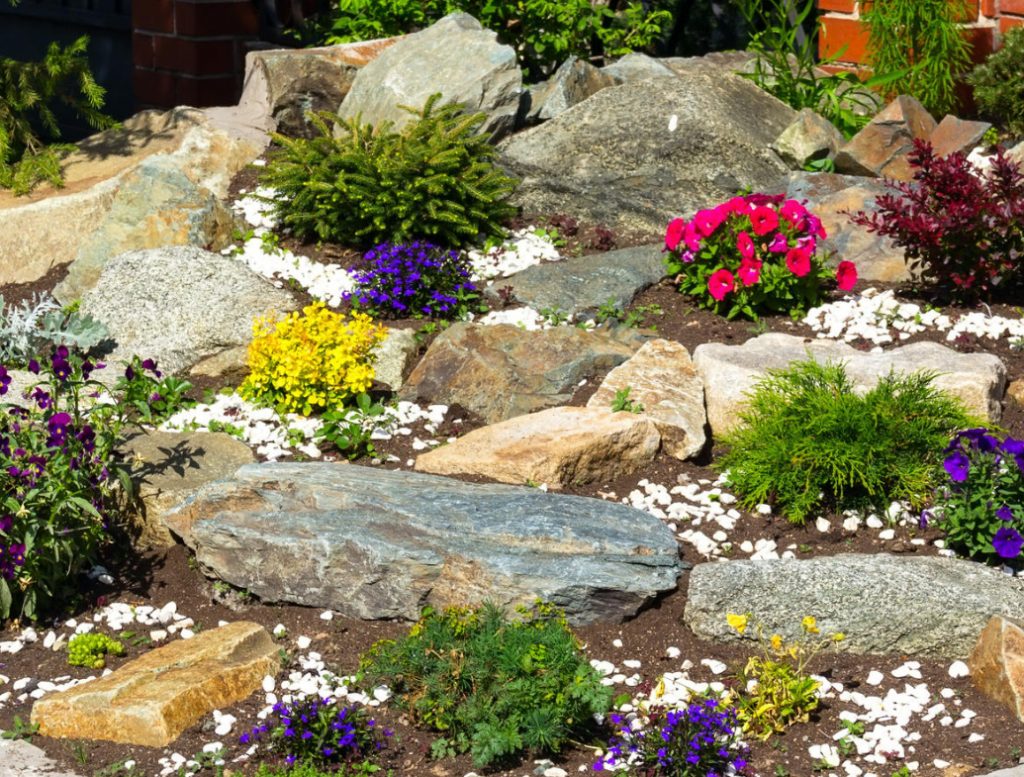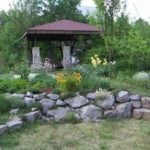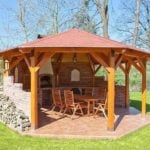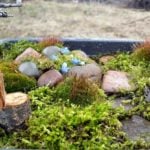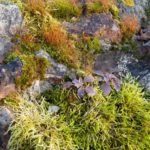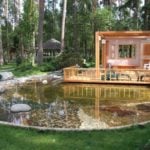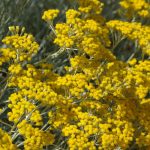When planning a rockery device, the gardener has some ideal image in his head, to which he seeks to bring his creation closer. Everyone can imagine a perfect rocky garden in different ways, but everyone agrees on one thing: it should be decorative throughout the season. This can be achieved by the correct selection of plants.
Decorativeness
An important selection factor is the decorative stability of the species. Of course, in rockeries, you can plant plants with a short period of decorativeness (most bulbous). But their participation is limited, they are only spring accents, but not the background. Preference is given to plants that are consistently decorative, evergreen, they decorate the hill at any time of the year (Sempervivum, Arabis, Draba, most Sedum, etc.), and summer-green (Astilbe, Lysimachia, Dianthus, Geranium, Hyssopus, Lavandula, Alchemilla, Sedum, etc.).
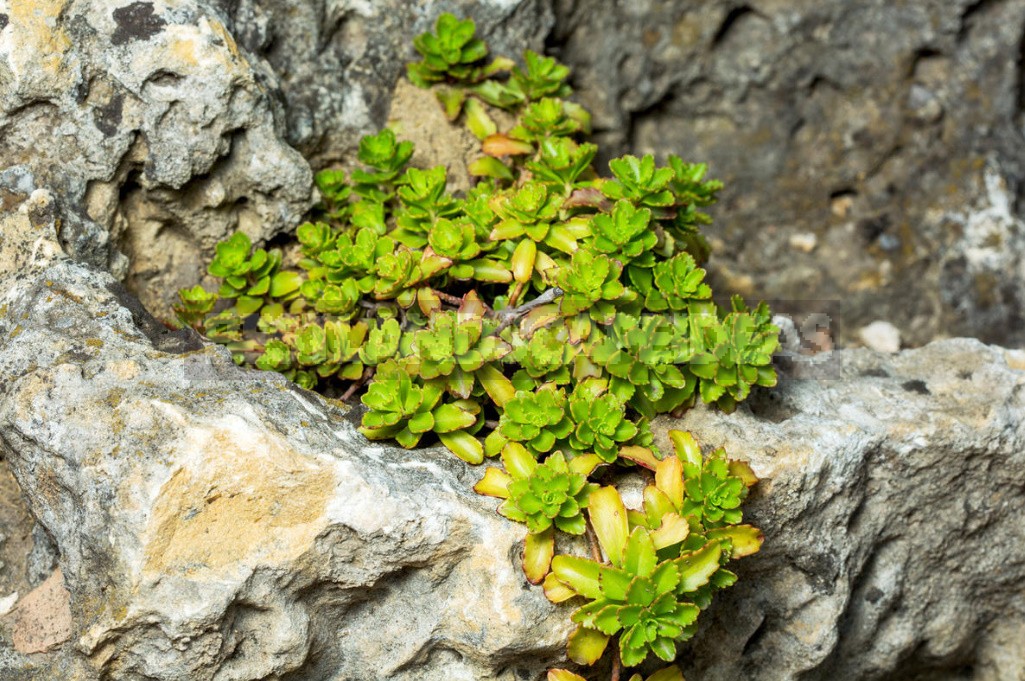
The beauty of the leaves is often rated higher than the beauty of the flower. So, in most rockeries, Artemisia and Stachys lanata are grown, which differ in inconspicuous unattractive flowers, but magnificent silvery foliage.
With all the attention that should be paid to the leaves, you can not underestimate the role of flowers in rockeries. Among the stones, compact plants with a mass of small flowers (Hepatica, Campanula rupestris, etc.) look great.
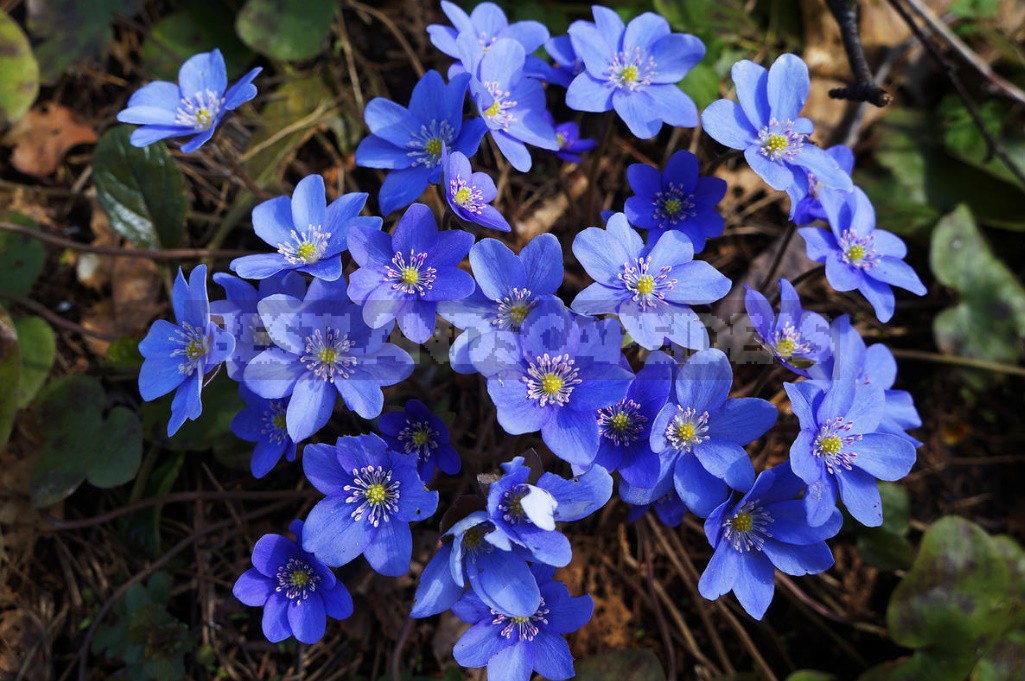
Beautiful carpets of Arabis, Sedum, Thymus, Lysimachia nummularia, Dianthus deltoides, Gypsophila repens, Draba bryoides imbricata and other creepers are covered with a mass of small flowers. Small flowers collected in attractive, original inflorescences are characteristic of Alyssum, Saxifraga, Polygonum affine, Heuchera. Interesting whorls of pink flowers in Hyssopus, densely covering the shoots pressed to the ground.
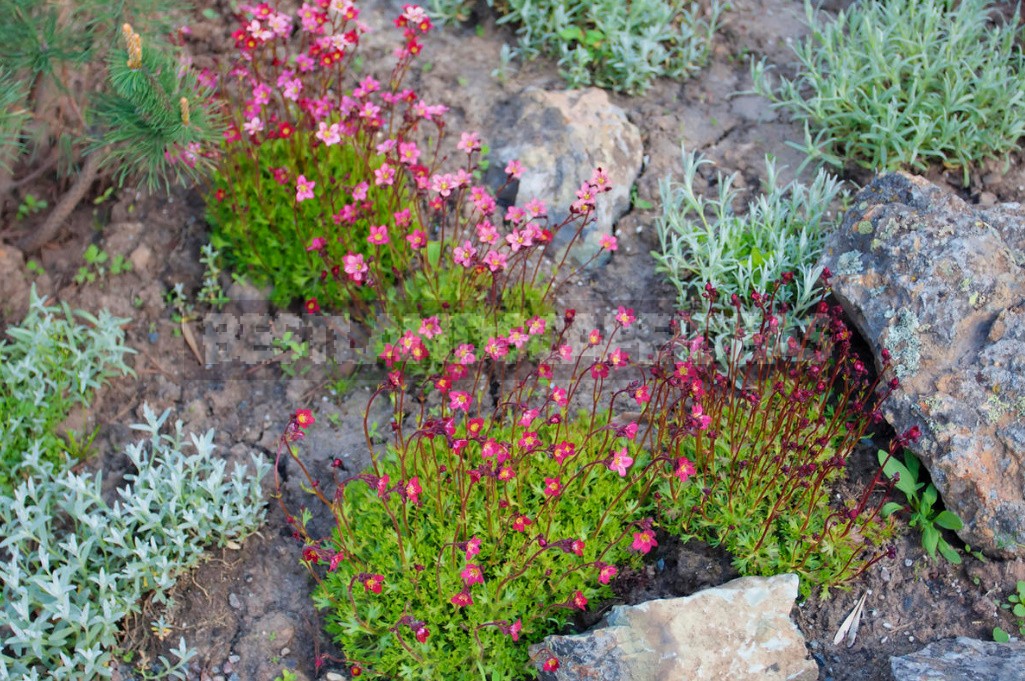
More carefully, choose plants with large flowers. These can be types of Adonis vernalis, which blooms in early spring during the “colorless” period, or Paeonia hybrida (Paeonia tenuifolia) with bright, expressive flowers that stand out against the background of spectacular foliage. The drought-resistant Hemerocallis minor is also interesting for planting, with its waterfall of narrow, linear leaves, bright yellow flowers and long flowering.
Flowering time
When making a rockery project, pay attention to the selection of species with different flowering periods. On the hills, among the stones in early spring (late April — early may) are good bulbous (Tulipa humilis, Leucojum, Crocus, etc.), but there should not be many of them; down the slopes comes blooming white and pink Arabis, among the stones bright spots flashes Pulsatilla and yellow Draba. Later, at the end of may, lilac Aster alpinus, Armeria, and blue Iris bloom.
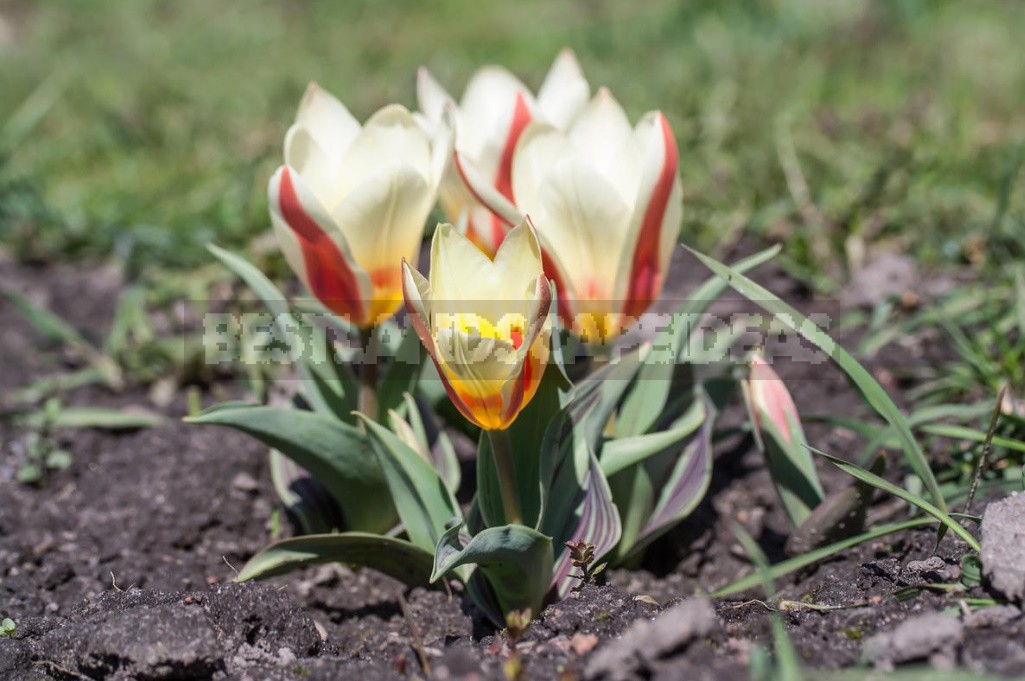
But the most rich colors — in the middle of summer. These are Heuchera with silvery leaves; strict snow-white Anthericum; capricious, but unusually bright blue Gentiana; original Liatris spicata; graceful Gypsophila repens and Euphorbia cyparissias; various Sedum; falling shoots of Lathyrus grandiflorus. Near the stone, under its protection, you can plant Adiantum pedatum, on the North side of the stones, at the bottom of the hill, where there is more moisture, other fern species are also attractive all season.
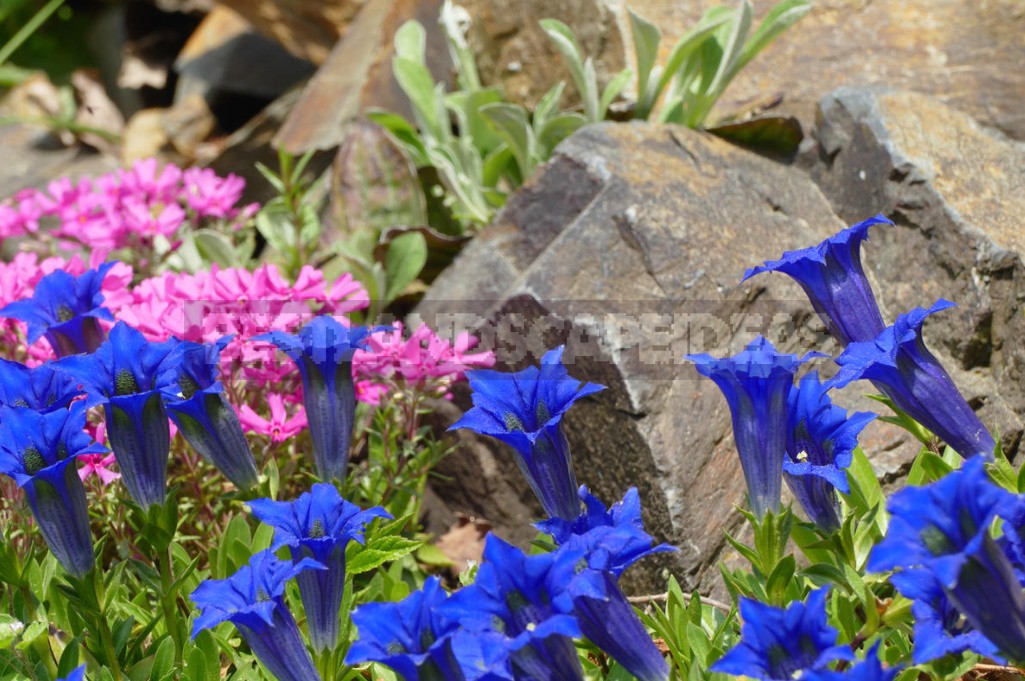
It is desirable that from spring to autumn, flowering plants are present on the hill. In the proposed range, this principle is taken into account and the recommended species are divided into groups by flowering (spring, spring-summer, summer, summer-autumn). Using these plants in your rockeries will give them a special flavor, uniqueness, and make them attractive throughout the season.
How to combine plants by color?
The decorative effect of flower beds depends on the correct combination of colors in color. Contrast combinations are effective. Plants with red, yellow, or orange flowers (active colors) are combined with plants with white flowers (neutral tone). Species with yellow (Oenothera missouriensis) and purple (Campanula) flowers look great next to each other. The offered range includes plants of all flowering periods with flowers of various shapes and colors.
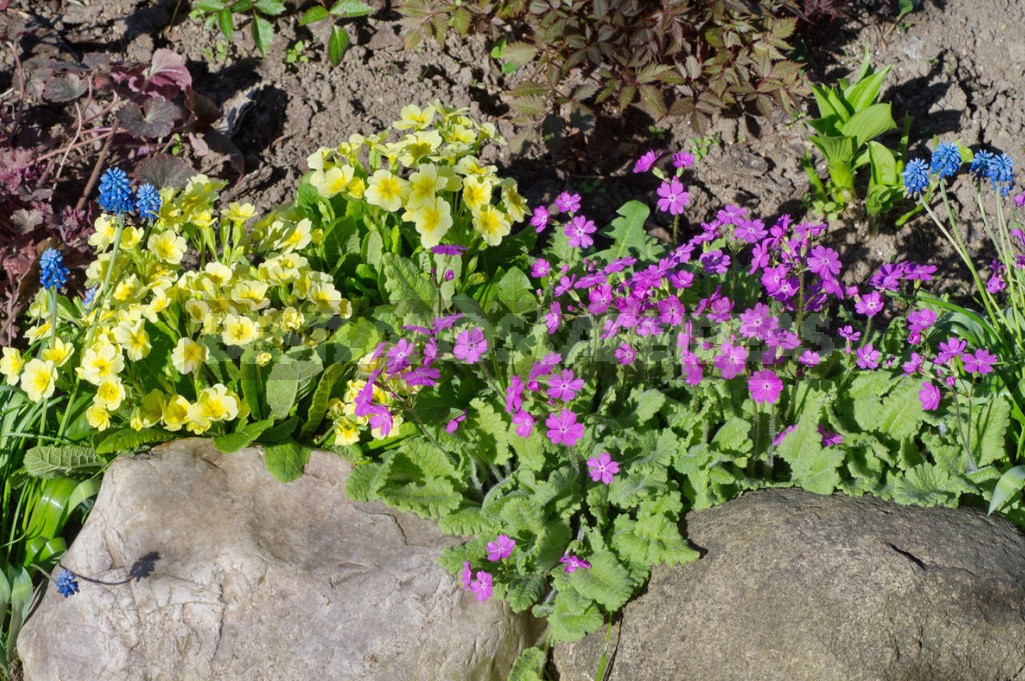
White
April — mid-may. Arabis (species), Arum maculatum, Leucojum (species), Jeffersonia diphylla, Crocus (varieties), Galanthus (species), Primula (varieties).
Mid-may — mid-June. Armeria alpina, Acaena (species), Vancouveria (species), Iberis (species), Saxifraga (species), Potentilla (species and varieties), Allium paradoxum, Bellis (varieties), Podophyllum (species), Fritillaria pallidiflora, Viola (species and varieties), Lamium (varieties), Cerastium (species).
Mid-June — mid-August. Anthericum (species), Dianthus (species), Heucherella (varieties), Goniolimon (species), Dryas octopetala, Gypsophila (species), Carlina (species), Filipendula vulgaris, Helianthemum (varieties), Platycodon (varieties), Leontopodium (species).
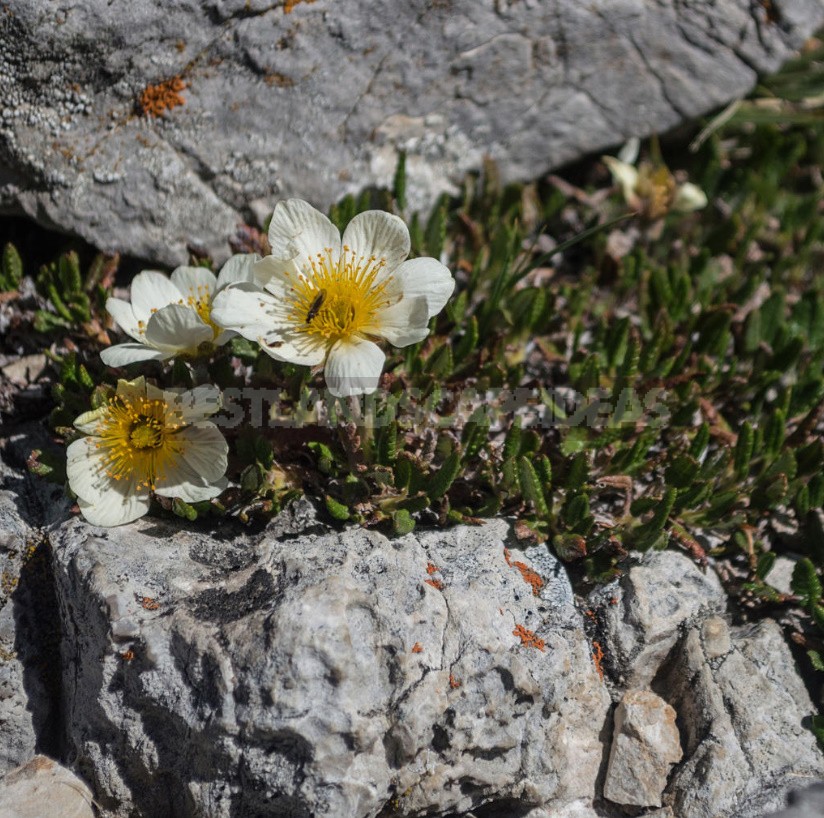
Mid-August-September. Helianthemum (varieties), Platycodon (varieties), Leontopodium (species).
Blue and blue
April — mid-may. Brunnera (species), Muscari (species), Primula (varieties), Scilla (species).
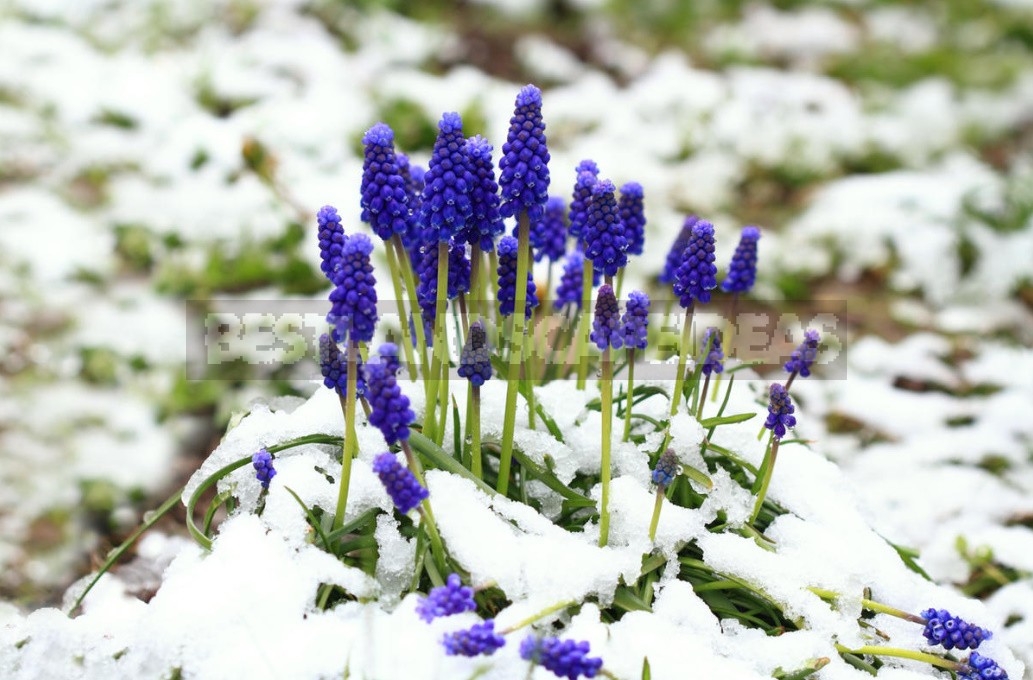
Mid-may — mid-June. Vinca (species), Ajuga (species), Iris (species), Allium caeruleum.
Mid-June — mid-August. Gentiana (species), Hyssopus (species), Campanula (species), Lavandula (species), Platycodon (species).
Mid-August-September. Hyssopus (species), Campanula (species), Lavandula (species), Platycodon (species).
Purple and lilac
April — mid-may. Plagiorhegma dubium, Crocus (varieties), Muscari (species), Aubrieta (varieties), Hepatica (species), Primula (species and varieties), Pulsatilla (species).
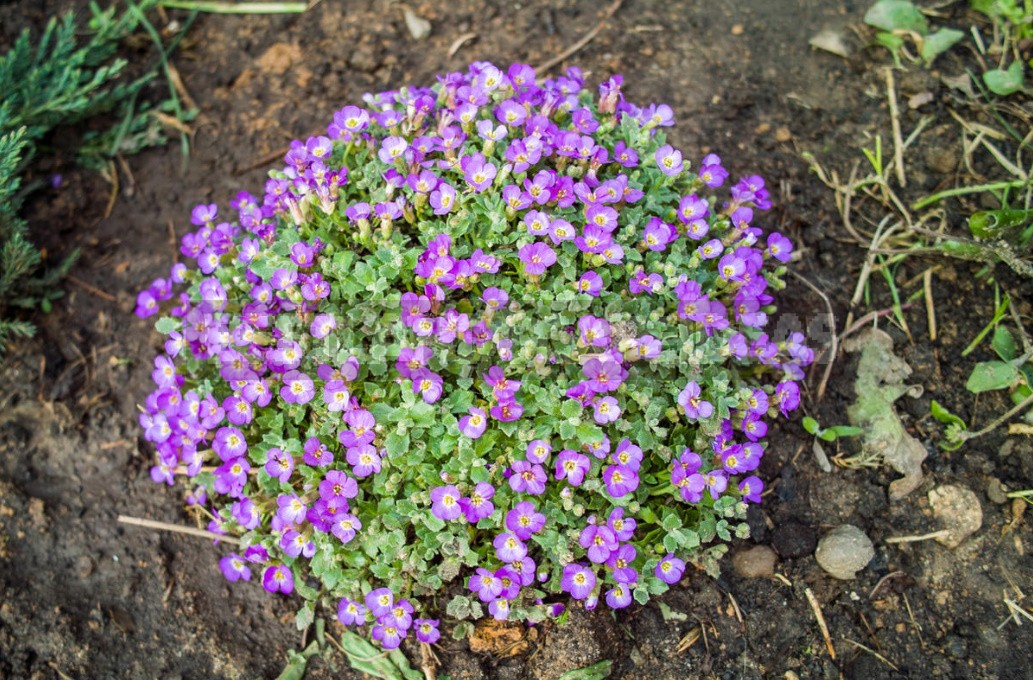
Mid-may — mid-June. Aster alpinus, Viola (species), Phlox (species and varieties).
Mid-June — mid-August. Astilbe (species), Veronica spicata, Geranium (species), Limonium (species), Campanula (species), Liatris (species), Symphyandra (species), Sisyrinchium angustifolium, Thymus (species), Viola (species).
Mid-August-September. Astilbe (species), Viola (species).
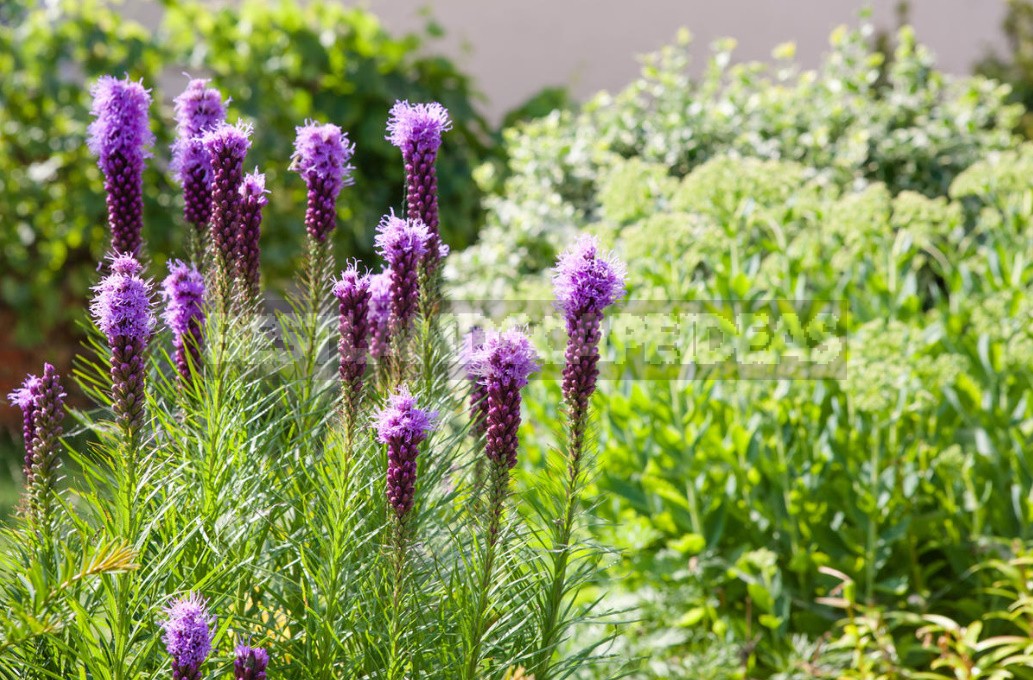
Red and pink
April — mid-may. Arabis (varieties), Bergenia (species), Epimedium (varieties), Asarum (species), Helleborus (species), Aubrieta (varieties), Primula (varieties), Tulipa (species).
Mid-may — mid-June. Aquilegia canadensis, Armeria (species), Dicentra (species), Saxifraga (varieties), Bellis (varieties), Paeonia (species), Phlox (varieties), Dictamnus (species), Lamium (varieties).
Mid-June — mid-August. Veronica spicata (varieties), Dianthus (species), Heuchera (species), Geranium (species), Polygonum affine, Incarvillea delavayi, Hyssopus (varieties), Gypsophila (varieties), Potentilla (varieties), Sempervivum (species), Sedum (species), Helianthemum (varieties), Thymus (species), Lathyrus (species).
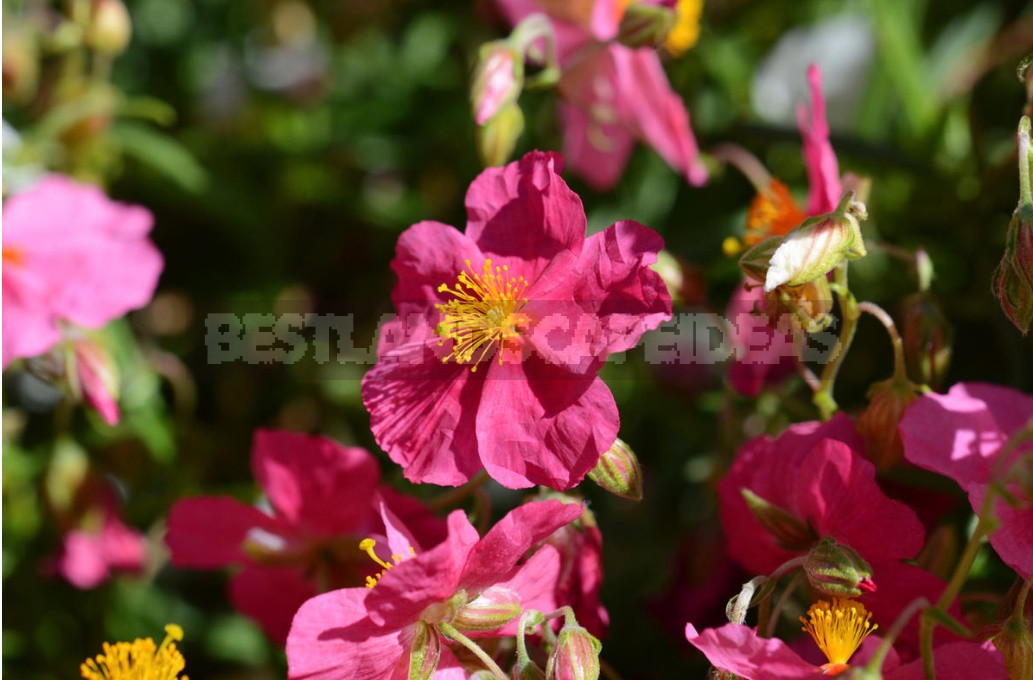
Mid-August-September. Heuchera (species), Hyssopus (varieties), Gypsophila (varieties), Sedum (species), Helianthemum (varieties).
Orange and yellow
April — mid-may. Adonis (species), Epimedium (species), Crocus (species and varieties), Draba (species), Primula (species and varieties), Tulipa (species), Corydalis (species).
Mid-may — mid-June. Alyssum (species), Hemerocallis (species), Allium moly, Euphorbia (species), Rhodiola (species).
Mid-June — mid-August. Inula (species), Lysimachia (species), Potentilla (species and varieties), Alchemilla (species), Sedum (species), Sisyrinchium californicum, Helianthemum (varieties), Oenothera (species).
Mid-August-September. Helianthemum (varieties), Oenothera (species).
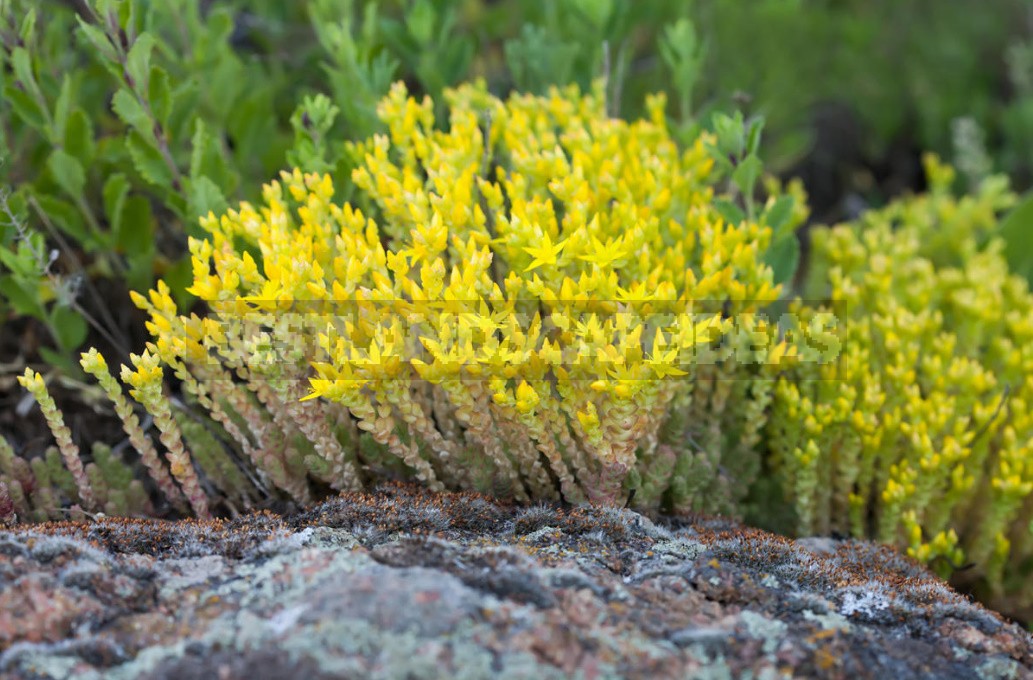
Well, the basic order in the information is set. It remains to sit down and think carefully about what your rockery will look like, what plants will settle in it.
